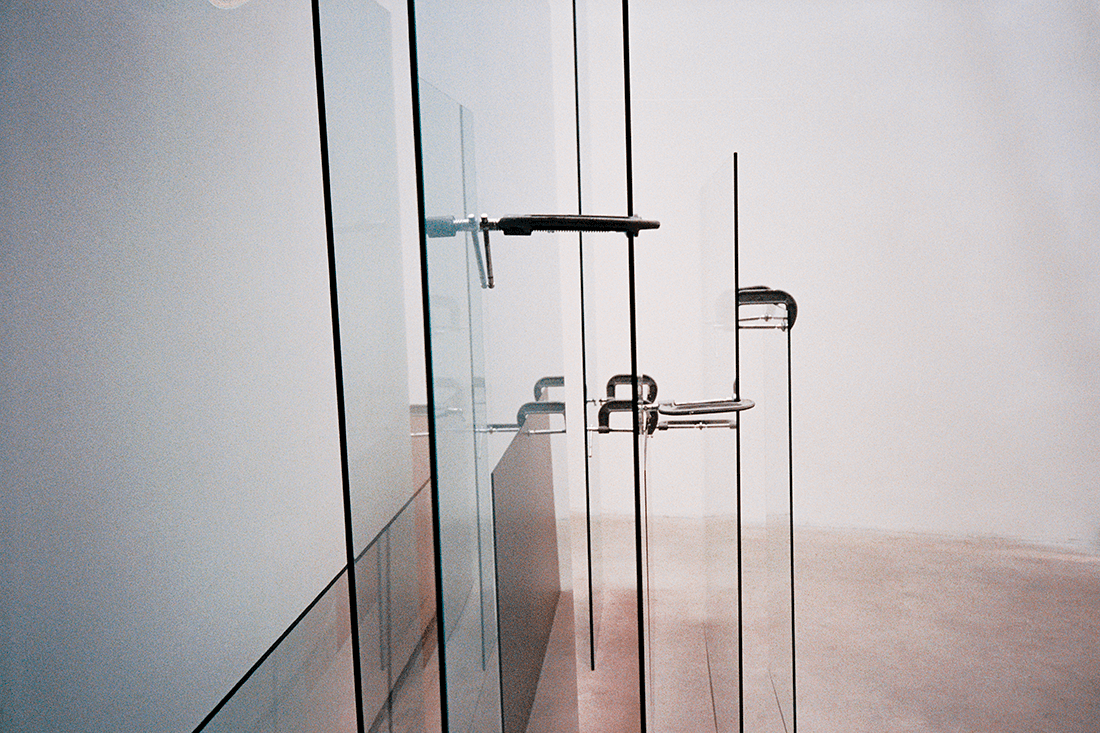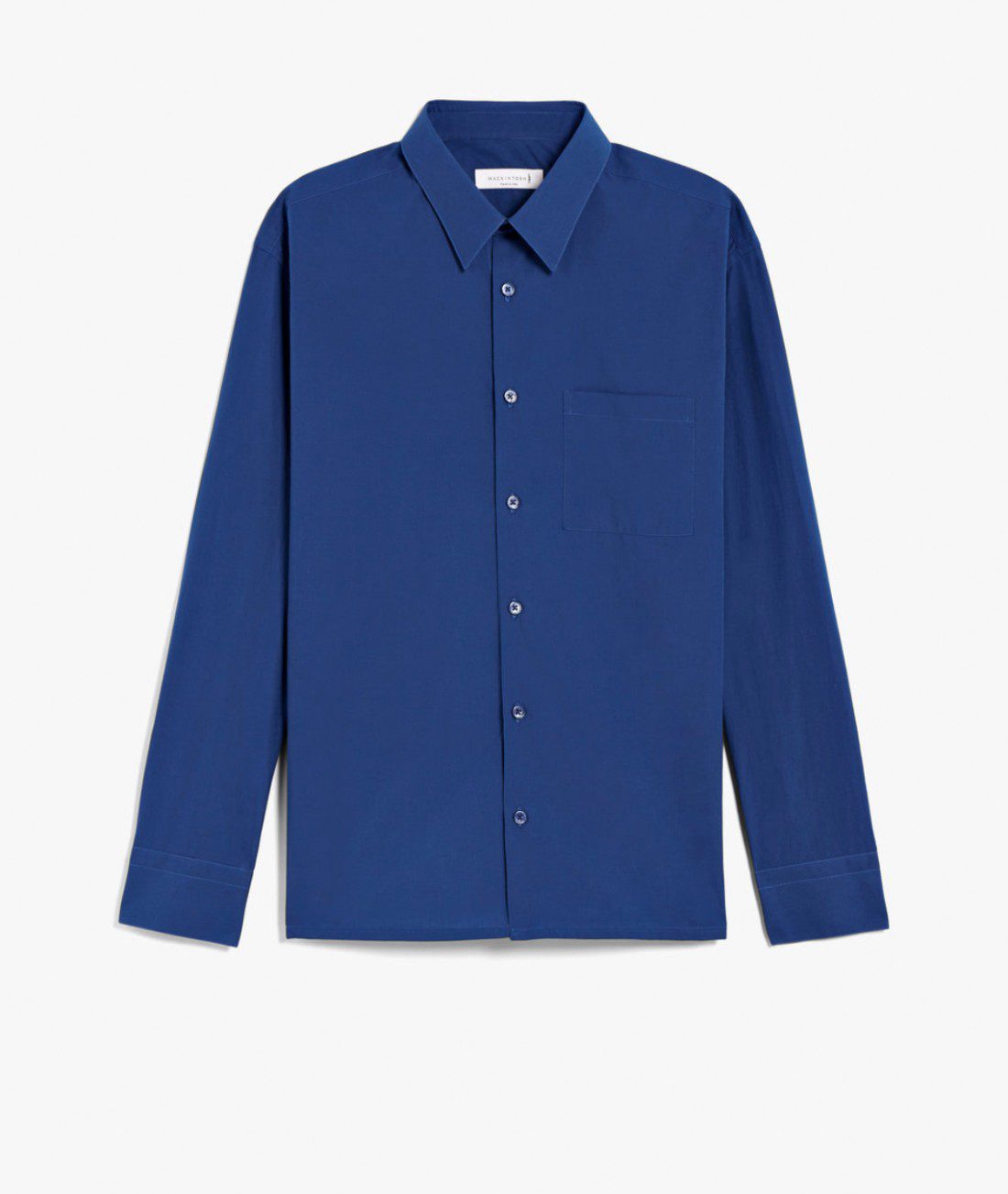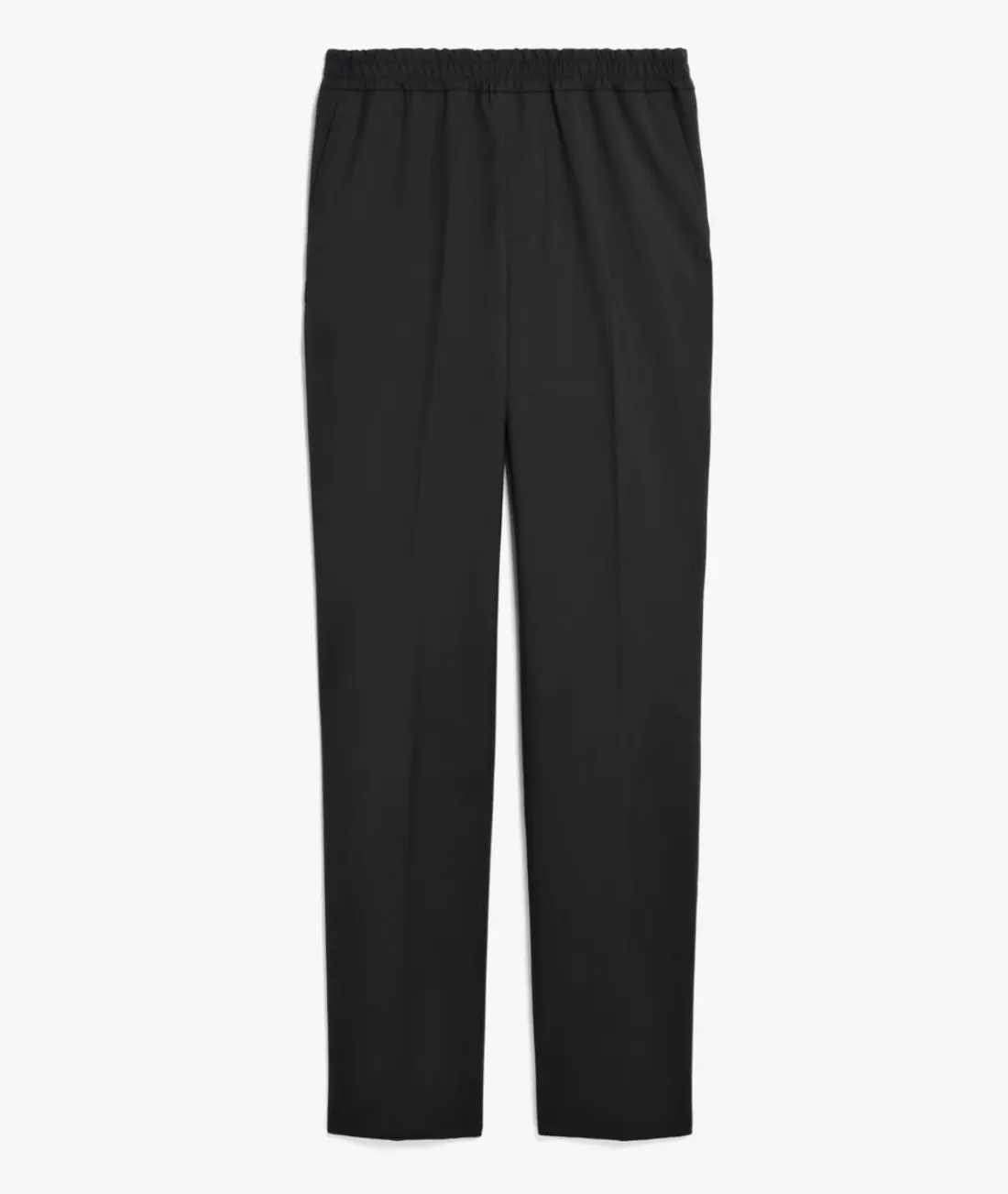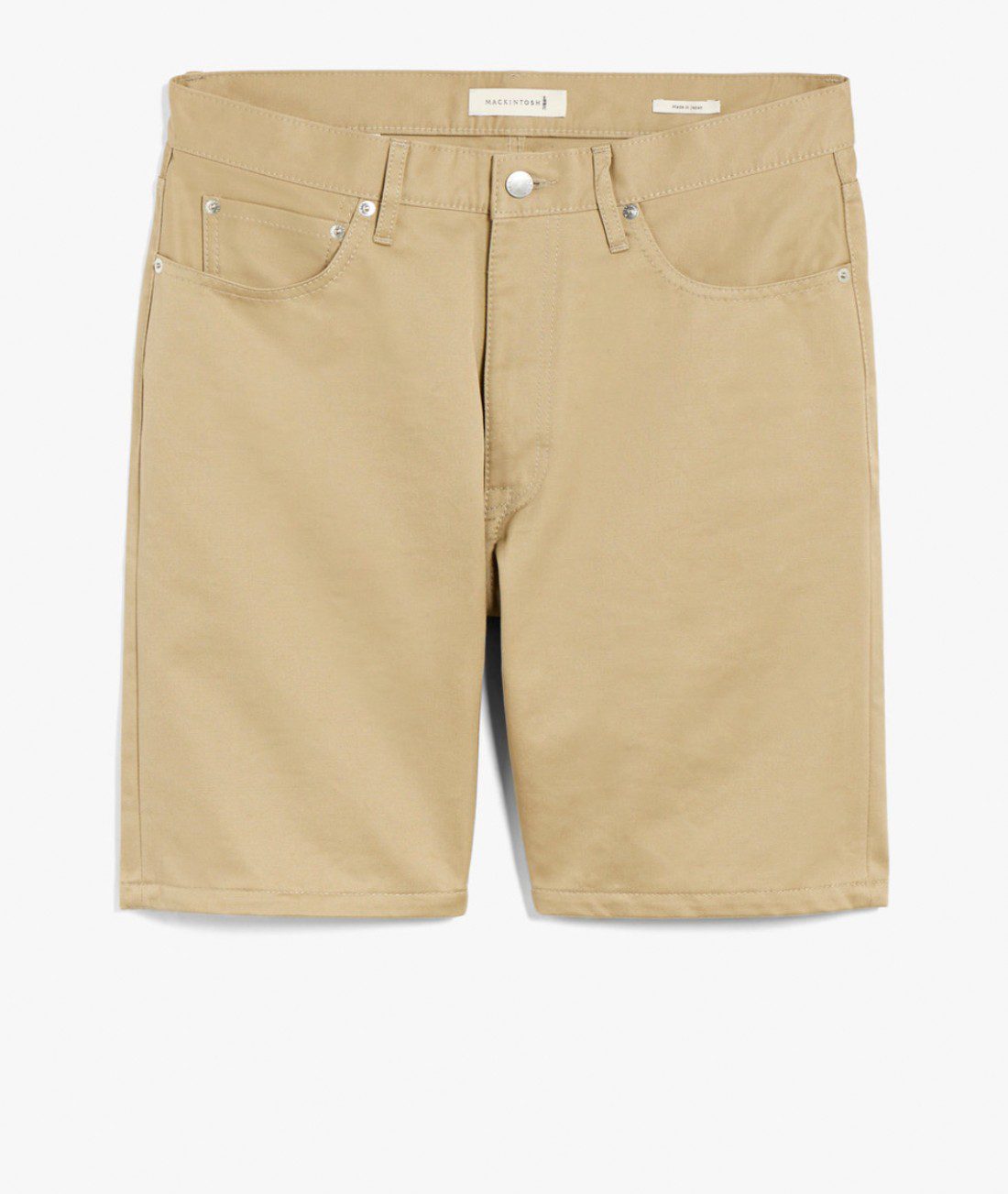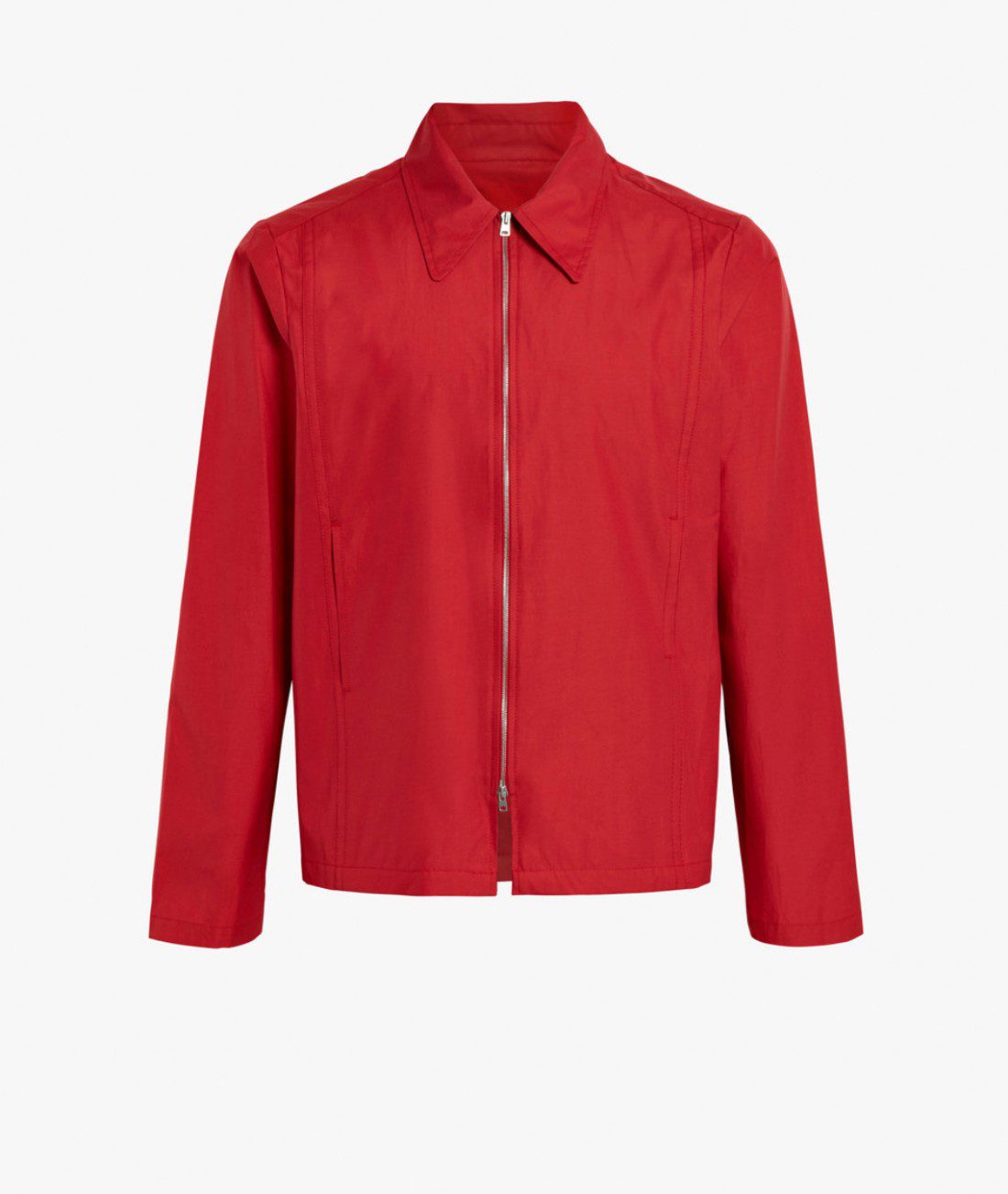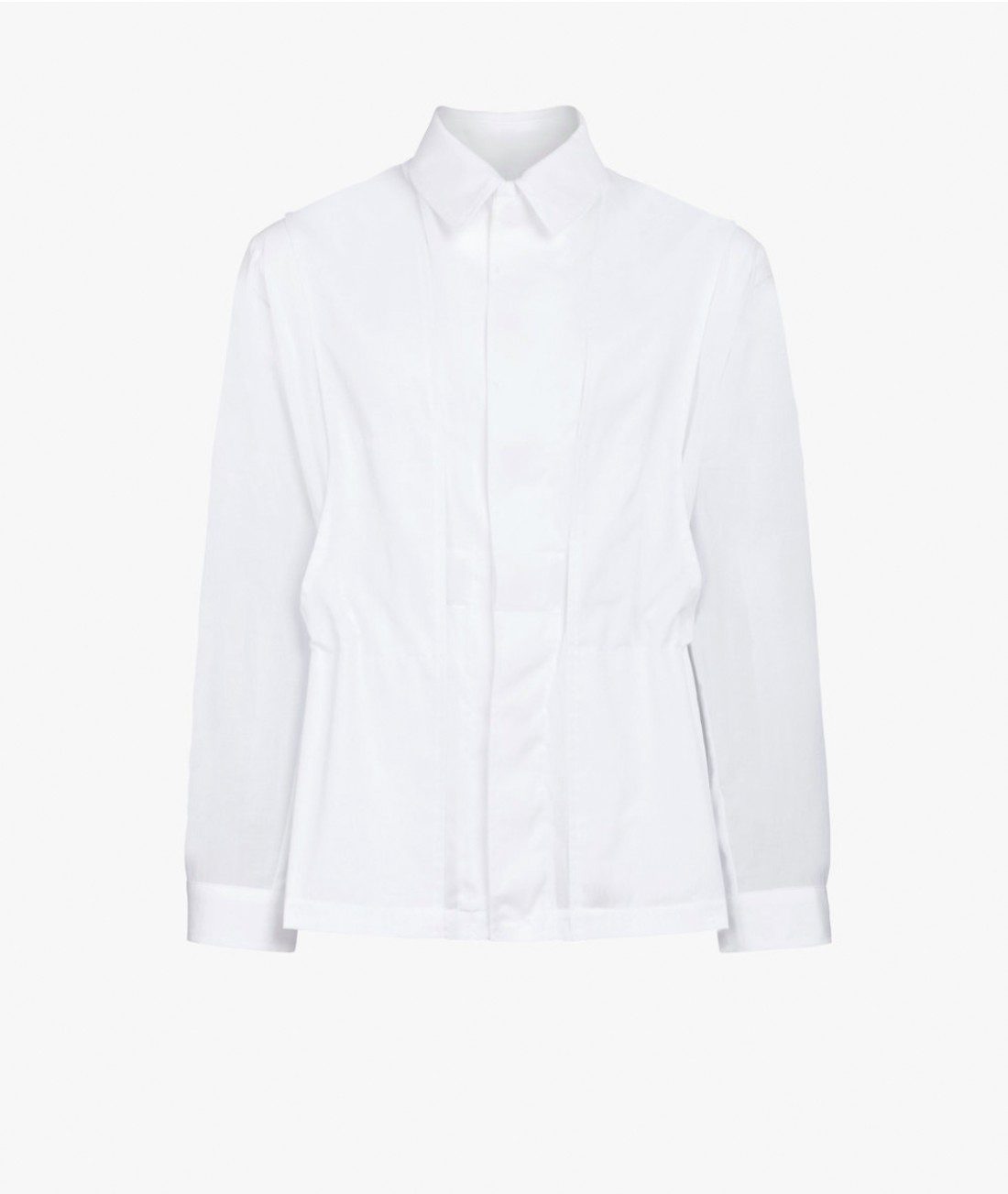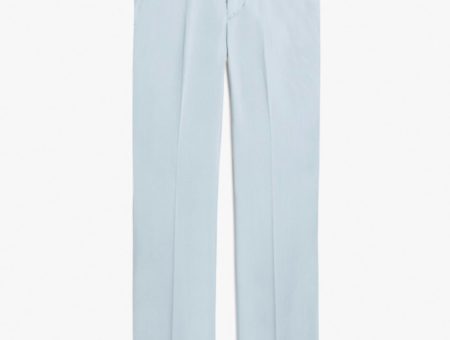Mackintosh Spring/ Summer 2018
Mackintosh – A Brief History
Mackintosh might have been founded nearly 200 years ago in 1823 but the Scotland-based brand is as relevant today as it’s ever been. Charles Macintosh developed the now iconic rubberised fabric that spawned the original Mackintosh coat way back then. And today the brand, through a combination of updated technology with traditional techniques, continue to create the modern-day ‘Mac’ by hand. Naturally, Mackintosh have diversified but crucially remained true to their hallmarks of high-quality materials, design and production methods.
Spring/Summer 2018
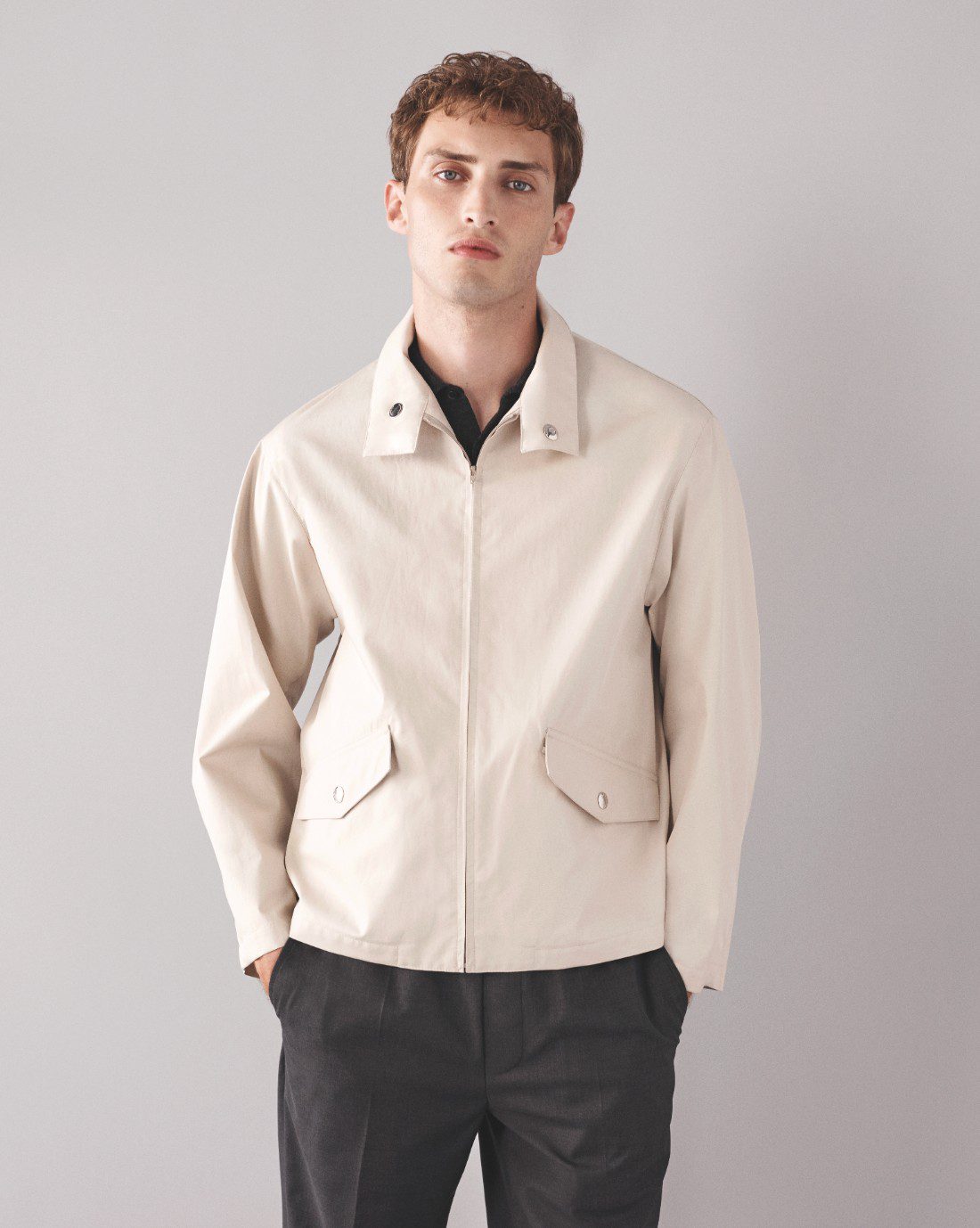
For Spring/Summer 2018, Mackintosh have updated timeless classics and introduced new styles that showcase the brand’s creative approach to its long history. We see cropped, shorter designs, including a khaki bomber jacket with woven collar and beige two-pocketed blouson. The hooded classic style comes in a removable version for additional versatility.
Fabrics are airy with a focus on lightweight wool, linen and nylon. Bright colours, such as vivid pink and yellow (both key menswear trends this year) are introduced and add a playful element to the collection. The Mackintosh classic, rubberised coats come in multiple colourways with a new tri-colour style for the season.
Mackintosh 0002
Beyond the mainline collection, there is also Mackintosh 0002 – the second ready-to-wear collection designed by Kiko Kostadinov for Spring/Summer 2018. The collection focuses on the materiality of glass. The concept was triggered by Mario Merz’s ‘Igloo, Do We Go Around Houses, or Do Houses Go Around Us?’ (1985). The installation is made of sixty-five slate slabs spiralling from the top of a semi-circular steel frame, to which they are fastened with G-clamps, with an adjacent structure of seventy-four vertical panes of broken glass. The combination of raw slate, industrial man-made tools and mottled glass informed the approach to 0002.
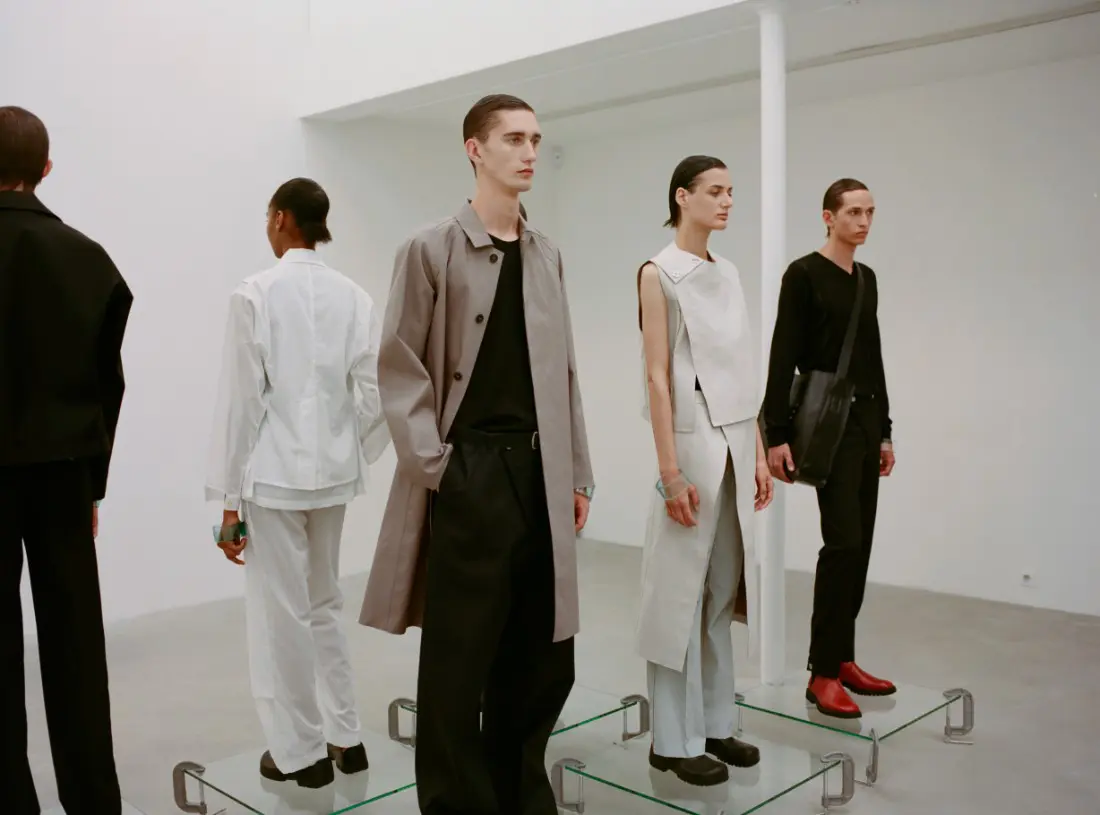
Kostadinov continues to re-work the archetypal wardrobe with exaggerations on the silhouette and an emphasis on discreet construction and unisex fit. The concept of transparency manifests itself in the translucent voile fabrics layered over a colour palette of scarlet and ice-cool teal, a colour palette that takes its cue from household tools and the layering of glass, as well as a variety of stone, charcoal and pebble grey.
The uniform, a perennial point for Kostadinov, is transformed into a modern suit, with a piping aligning the boxy jackets and wide-leg trousers. Loro Piana 3-Layer storm system wool and Nikke gabardine wool are introduced to the Mackintosh vocabulary and transformed by the brand’s traditional rubberised techniques, which date back to 1823. Feather-light translucent nylon, too, is used for papery weatherproof outerwear that challenges the perceptions of the classic mac overcoat.
Clothes that seem effortless are complex in construction. Jackets with double-layered panels cinch the silhouette without looking severe. Knitwear is adorned with linear silk details to create a sense of silhouette. Artisanal glass cuffs, hand-blown and engraved in Sweden, complete the narrative. For the first time, rubber bags are crafted by repurposing the techniques Mackintosh use to create their unique rubberised cotton, as seen in traditional outerwear. Industrial snaps are utilised for fastenings. A subtle re-positioning of belts puts emphasis on the hip, rather than waist.
With an emphasis on material, unexpected fabrics are introduced to expand the limitless potential of the craftsmen who hand-make each Mackintosh item. By combining modern textiles and traditional techniques, the reinvention of the British heritage brand continues to accelerate forward.
